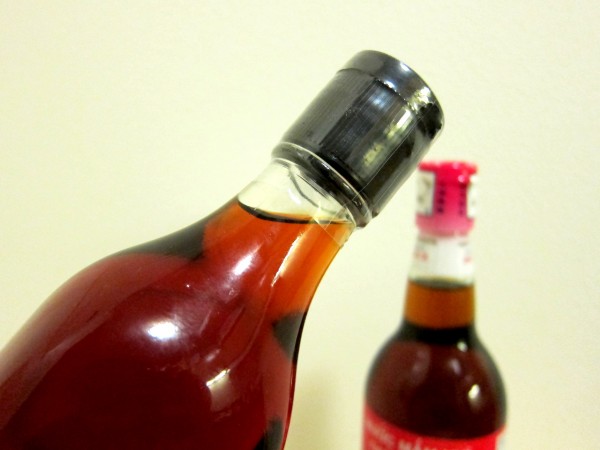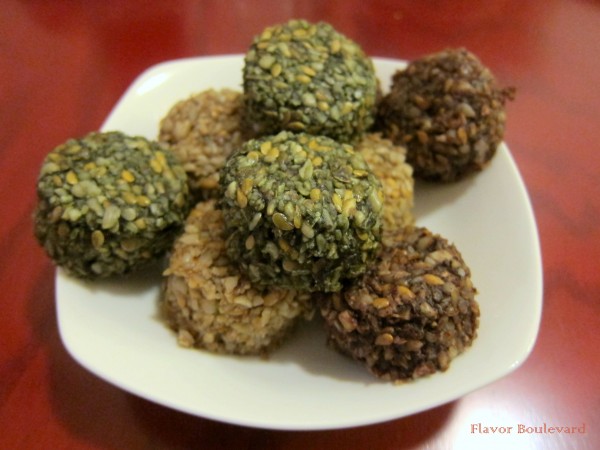
“It’s sweet, and it shines like honey,” my mom recalls. She was in fifth grade, her teacher, whose family also owns a fish sauce plant, gave each student in the class a sample of the condiment in a mini plastic pouch. When my mom took it home, it took her mom no time to see that this was the Ninth Symphony of fish sauce. It didn’t take the Vietnamese grandmothers in the Bay Area very long either, Rob Bergstrom said, and I quote, to “limp out of the store carrying a full case” of Red Boat’s.
I met Rob because of a half-a-month-late comment that I left on Ravenous Couple’s glowing review. Rob is a man who goes around grocery stores and the world to taste fish sauce straight out of the bottle by the spoonfuls (I don’t recommend doing it at home if you’re under 18). And Rob was moved by my mom’s fifth grade experience, which, he said, is similar to a few sparse stories among the older Vietnamese about an excellent-quality fish sauce that some have once tasted in their lifetime and never again. Especially not in the States, where a “Nước Mắm Phú Quốc” bottle, in big font Vietnamese, reads “Product of Thailand” in the small prints.
For those who know fish sauce, skip the rest of this paragraph. For those who don’t know fish sauce, yes I agree, “fish sauce” does not sound candle-light-and-roses to the ear. It’s a lose translation of “nước mắm“, whose literal translation isn’t any more poetic either (I’d translate it if you ask). The sauce itself is actually subjected to many chuckles and jokes among Vietnamese. But it’s the backbone of Vietnamese seasonings. It’s used to marinate meat, to caramelize claypot dishes, to flavor-ize broths, to make dipping sauce for a myriad of wraps and rolls. Fish sauce to Vietnamese food is like soy sauce and sesame oil to Korean food, curry to Indian food, and BBQ sauce to Texas barbecued brisket. (Savory Vietnamese food, unless made by my mom, needs fish sauce to taste good.) What is the sauce made of? Fish and salt. In a barrel lie layers of fish and layers of salt for months, by osmosis and high salt concentration on the outside, the juice inside the fish is sucked out, the flesh collapses and degrades, the mixture ferments (don’t cringe, wine is fermented stuff too, and old country ham grows mold on the crust). At the end of several months, you open the spout at the bottom, and out comes an amber liquid. That’s the first press of fish sauce. Then water and salt are added to the now mostly, if not all, disintegrated fish, more fermentation takes place, out comes the second press. Then the third, and might as well the fourth. By this time, it’s practically salt water.
(more…)



